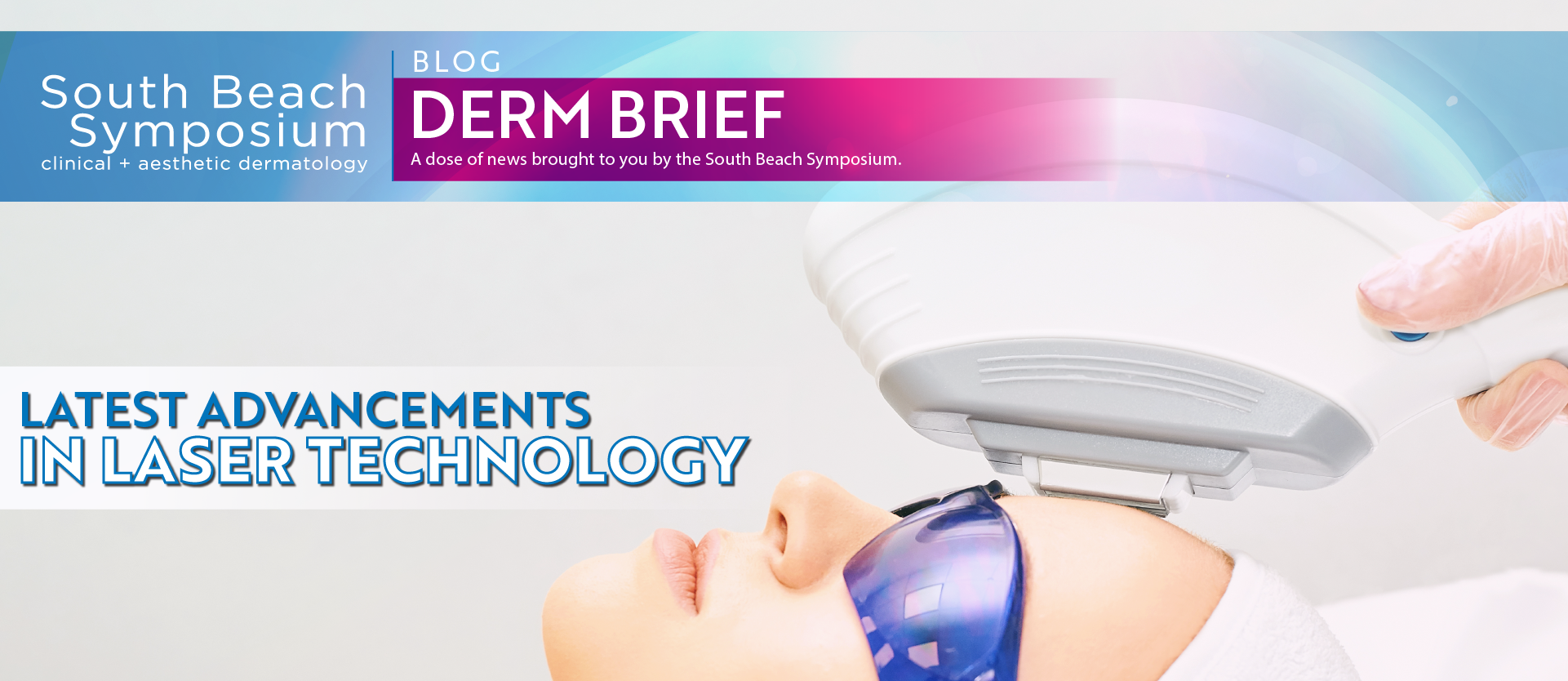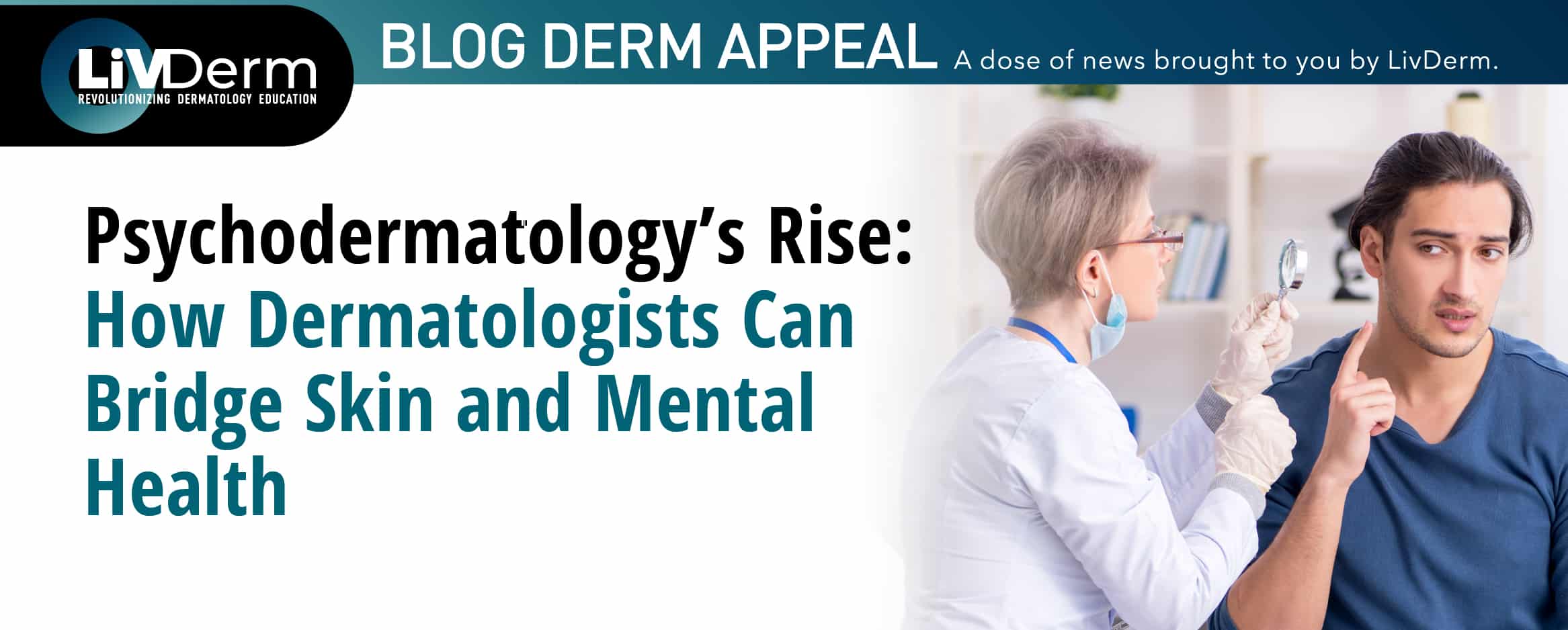Incredible growth has been occurring in the dermatological device market over the past several years, projected to trend upward toward a value of $25.7 billion by 2025. In part due to increased patient acceptance of cosmetic procedures, the subsequent rise in demand for aesthetic services has triggered a surge in technological development geared toward improving devices and enhancing treatment techniques to deliver better outcomes and continue the growing trend. The rapidly evolving field of laser technology and treatment requires clinicians of all specialties to stay up-to-date on the latest advancements and to have a comprehensive understanding of the safety and efficacy of these emerging technologies.
Staying current is increasingly important for practitioners of aesthetic medicine, as these advancements are a significant opportunity for the treatment of a growing number of skin concerns – more effectively and efficiently than ever before. In a recent article published in Dermatology Times, a series of expert authors outline the latest advancements in laser technology and their implications in the practice setting, providing clinicians with a general overview of emerging therapeutic modalities.
Recent Advances in Laser Therapy Devices
Advances in the field of laser therapy continues to optimize, streamline, and automate treatment devices, making them more accessible, efficient, and as non-invasive as possible. Automation in particular is becoming a more prevalent characteristic – as seen for example, in the recent introduction of artificial intelligence into plastic surgery procedures – which shifts the role of the provider and the machine. Aesthetic medicine is one of the many specialties that is becoming increasingly machine-operated as a method of enhancing outcomes with precise data and techniques, according to experts.
“We’re seeing a lot more tools that aid the physician to get better results; a lot more automation and more application-driven menus,” Dr. E. Victor Ross, skin laser surgery specialist at Scripps Clinic Carmel Valley in San Diego who has worked for laser companies Lutronic and Candela, told the Dermatology Times. “There are more navigational features in laser technology, where the end user is going to be able to do assessments based on monitoring of the device with built-in diagnostics.”
Aesthetic and medical laser manufacturer Sciton has begun using optical coherence tomography to capture images of the skin from within. According to the company, utilizing the noninvasive imaging technology allows clinicians to better assess the skin and provides feedback about recommended setting requirements for optimal results. Similarly, laser manufacturer Cutera has updated their devices, including the time-tested excel V 532 nm and 1064 nm device for the treatment of vascular and pigmented lesions. Adding a Dermastat hand-piece, Cutera reportedly improved the efficacy of the device by allowing clinicians to better navigate narrow and difficult areas, such as the corners of the eye. By increasing the excel V’s power, the company increased the laser’s spot size to maximize power density and energy delivery during treatment.
Developments in Fat Reducing and Skin Tightening Devices
Recently released devices, such as InMode’s AccuTite, reportedly improved upon earlier radiofrequency devices by boosting precision, heating capacity, and skin contraction effects while ameliorating the need for excisional surgery. Such devices have proved efficacious in skin tightening procedures, as well as fat reduction therapies by melting small pockets of fat, with minimal associated downtime. With this new technology, patients may only require one procedure to achieve desired results, which may continue to improve over a period of up to nine months. Although currently only approved for certain areas of the face and body, forthcoming indications may include lower eyelid skin tightening as more research becomes available and ideal treatment depths and protocols are established.
Another recent innovation is the BTL Emtone device, one of the newest products to enter the aesthetic laser market. Combining both acoustic waves and radiofrequency, the technology is marketed for the treatment of cellulite, however, is seeking FDA approval for further indications. Currently, the Emtone has been proven efficacious in skin tightening treatments of the abdomen, décolletage, arms, and legs. Its combination of technologies inside one hand-piece allows the use of higher temperatures and intensity while providing patients with a more comfortable experience.
Other Improvements in Aesthetic Laser Devices
Other technological advancements include longer dye lives, increased wavelength capacities, as well as interrogation systems – all of which contribute to the improvement of both precision and accuracy of laser treatment. While there are several issues with some procedures such as microneedling – for example, the inability of needles to reach desired depths – new technologies combining radio frequency have proven more effective for skin tightening. Emerging technologies aim to solve these problems through intelligent design; one such product constantly interrogates the skin to determine the maximal deposition of energy and ensure it is being delivered. If the energy levels are not sufficient, the device will alert the provider with a warning. In addition, other technologies have updated pulsed dye laser devices to elongate their dye lives, increasing output capacities to dual wavelengths.
As evidenced by the tremendous growth within the laser technology market, aesthetic device manufacturers are working to supply an ever-increasing demand from both practitioners and patients alike, who look for non-invasive or minimally-invasive and effective treatment of their skin concerns. Although the experts included in the Dermatology Times article disclose having worked for or being involved with the aforementioned aesthetic and medical laser device producers, these and many other advances in the field of laser technology are paramount. Promising even more efficient and effective care, the significant developments made incorporate client feedback, continue to alleviate adverse effects – such as long recovery periods, discomfort, and scarring – and work toward ameliorating the possibility of human error. As the rapid growth in laser treatment is projected to continue with more advances in forthcoming years, it is essential for clinicians to familiarize themselves with the technology and stay current in the field.
















